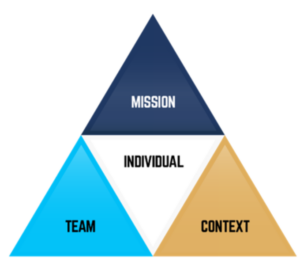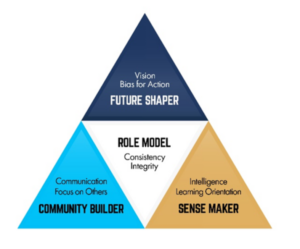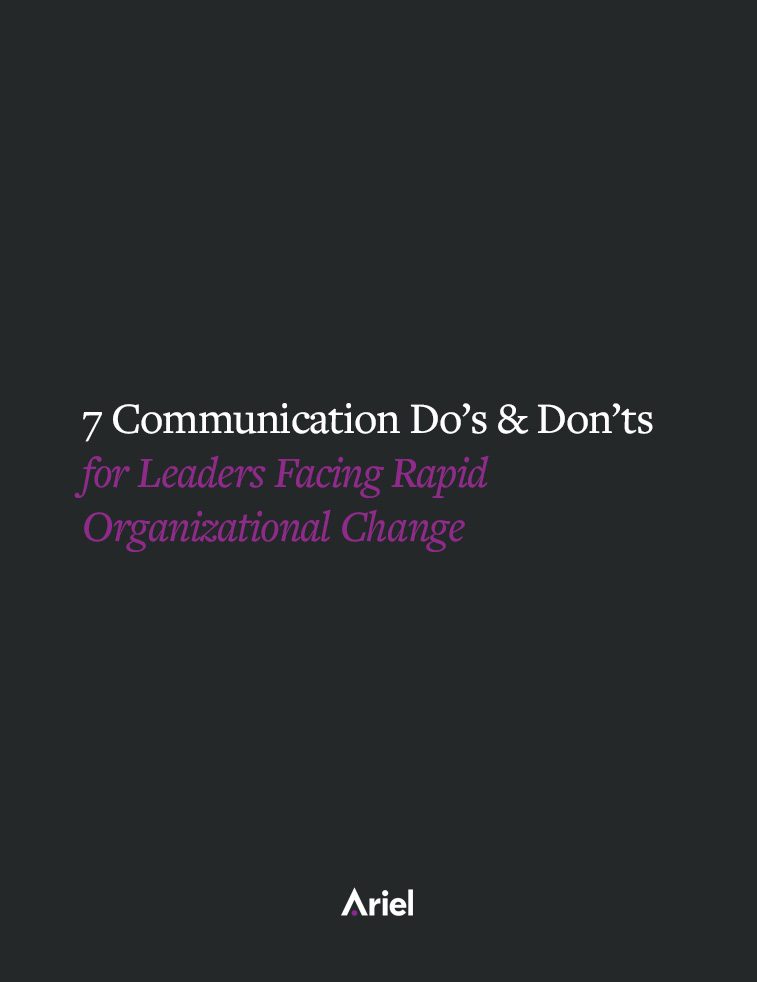Let’s Go! 4 Leadership Styles To Transform Your Organization

When you think of a great leader, who do you think of?
Jamie Ramsden, former CEO, elite executive coach, and author of the leadership book “Let’s Go!: How Great Leaders Shape the Future,” says people often respond to this question by giving an example of a friend or family member. They tell him about a local community activist, a neighbor who hosts every holiday party, or a relative who overcame a serious disease.
Surprisingly, people rarely mention their CEO.
In his new leadership book, Ramsden explains how executives can use his leadership philosophy to inspire and motivate others and elevate their game, better understand themselves and their world, and live to their fullest potential.
Let’s get into the details.
Leadership philosophy: What is a leader?
Ramsden believes that leaders exist, and have always existed, to galvanize a group of people to build a better tomorrow. And, although we’re living in a different world than the ancient Greeks, the Romans, or our American forefathers, many of the same leadership principles, strategies, and tactics are at play.
“Let’s Go!” lays out a timeless framework where four dimensions of leadership intersect and build on each other.

Transformative leadership in action: The four dimensions of leadership.
The leader connects these four leadership dimensions. And an effective leader is:
- A role model: Represents the group’s values, acts with integrity, and performs consistently. Actions should align with the team’s and organization’s values, without requiring moral perfection.
- A community builder: Builds a sense of belonging within the team by fostering trust and effective delegation. Develops strong teams through mutual trust and shared responsibility.
- A sense maker: Creates meaning for the work and helps the team understand how different parts fit together within a larger vision.
- A future shaper: Establishes a clear vision and a bias towards action to create transformative results. Embraces uncertainty to drive the team towards a better future.

A leader’s responsibility is to connect their people to the mission and values of the organization, build community, and inspire continued success and growth. But before that, a leader must know themselves. They need to know what parts of their personality to bring to the table, how to get the best out of each player on their team, and how to unite and motivate their organization.
Individual
The role model develops a sense of self by representing the values of the group: acting with integrity and behaving with consistency. The role model doesn’t have to be a ‘morally pure’ individual—we all have our flaws—but their actions should be predictable and align with the values of the team and the organization.
The Team
The community builder builds a sense of belonging in the team. For leaders, this means trusting the team to do the work correctly—in a word, delegating. Strong leaders develop strong teams through communication and a focus on others, leading to increased trust, alignment, and collaboration.
The Context
The sense maker creates a sense of meaning for the team, helping them to understand the context, their priorities, plus key objectives and how their work fits into them. They help their people understand how different parts of the puzzle fit together and connect back to a larger vision. This requires cognitive/social/emotional intelligence and a learning orientation.
The Mission
The future shaper creates a sense of purpose. They have a clear vision and a systemic bias for action. They create transformative results by embracing and navigating an uncertain future.
3 common pitfalls of CEOs and executives: How to be a better leader.
As a former CEO with 25 years of international business experience and 20 years of coaching experience with Fortune 500 companies, Ramsden has worked with hundreds of successful senior executives. Based on this expertise and his own experience at the top, he’s identified three common pitfalls of leadership:
- Trying to do it alone. Leaders need a sounding board. This can be a peer, a peer group, a mentor, or an executive coach. Having an unbiased partner helps executives see different points of view and calls their attention to bottlenecks, potential areas of conflict, and breakdowns in values.
- Being an inconsistent leader. Acting consistently and in chorus with personal and organizational values is the hallmark of a great leader. Alternatively, when people don’t know what to expect from their boss, it causes whiplash, uncertainty, fatigue, frustration—and ultimately, burnout.
- Not taking time to extricate yourself from the daily work. Leaders, especially those in the heat of action, should aspire to take an hour a day to stare out the window. If they don’t build in unstructured time to contemplate, it means they are not delegating properly, and likely operating at a level below their job role and title. It means they don’t have time to immediately act on high-priority issues, or focus on big-picture items.
The last step: Strategic leadership through disruption
You’ve got an executive mentor, you’re acting consistently according to your organization’s values and mission, and you’re leveraging your team effectively. So, what now?
Ramsden suggests focusing on something else. Something transformative. Is there a new way of thinking about the business or the team? Is there a partnership to promote? A way to free up resources or time? A different business model or game-changing product?
Identify that thing… and then use a push and pull approach to become what he calls a “Benevolent Disruptor,” someone who guides their team towards long-term success to shape a better tomorrow.
About Jamie Ramsden

Jamie Ramsden is a former CEO with 25 years of international business experience and 20 years of executive coaching experience. He holds an MBA with a specialization in leadership and change management. His thesis is the foundation of his proprietary leadership framework.
Ramsden has worked with global Fortune 500 companies and recently published an inspirational leadership book, “Let’s Go: How Great Leaders Shape the Future.”
